Making the most of digital workspace transformation – Part 1
As working practices and norms continue to change and develop, and the debate about what works best rages on, the ability to adapt your business’ working methods quickly is growing in value. Of course, quick reactions shouldn’t come at the expense of business collaboration, or security. So, how do you clear this delicate obstacle?
The right technology and processes can make an enormous difference. Modern operating systems and software, such as Windows 10, continues to evolve and offer increased levels of flexibility for businesses and private users alike. The rise of the cloud further boosts this, with remote collaboration now near-seamless, as opposed to just a few years ago, when working from home could be challenging. This rate of development is showing no signs of slowing down.
As long-term partners of Microsoft, and experts in the use of technology like Windows 10, Microsoft Teams and Microsoft Azure, we’ve been trusted by many public and private organisations to help prepare them for the challenges presented by changing work habits. We achieve this through a distinct, four-step process we call the digital workspace quadrant.
Getting a sense of what you need to meet your unique needs should always start by taking a closer look at where your business currently stands. What technology do you currently use? How much do you pay for it? Are you using it to its full potential? Programs like Microsoft Teams can offer massive advantages to a business if used properly. We’ll take a close look to see what value can be extracted from existing tools, before looking at new ones.
From here, we’ll start to work with you to define and build your business case for change. To do this effectively, we’ll involve employees from across your business, in order to get a sense of their unique challenges, insights and ideas.
By combining this knowledge gained from your team with comprehensive audits on your technology, infrastructure and existing skillsets, we’ll pick out the ideal technological solutions for your challenges.
From here, our deployment and management expertise comes into play. We’ll make use of deployment tools like Windows Autopilot to ensure any new device delivery goes smoothly, without any setup time necessary.
We’ll also work to make device management significantly simpler. Windows Autopilot enables legacy app containerisation, which allows older Windows apps that are no longer supported to carry on running within the latest version of Windows 10. This means that, if you have an essential piece of bespoke software that’s out of date, you don’t need to immediately replace it, or jeopardise your wider security in the process.
Any technological or cultural change is a big step for a business to take, especially at a time when working culture is evolving so quickly. At XMA, we’ll work with you to make it as simple and painless as possible. From enabling new hybrid opportunities to making the most of existing tech and infrastructure, with our expert support and quality products from major vendors like Microsoft, digital workspace transformation can be that little bit easier.
To learn more about our digital workspace quadrant process, and how we can help you make the most of workplace transformation, keep an eye out for part two of this series, which focuses on keeping security high without restricting access.




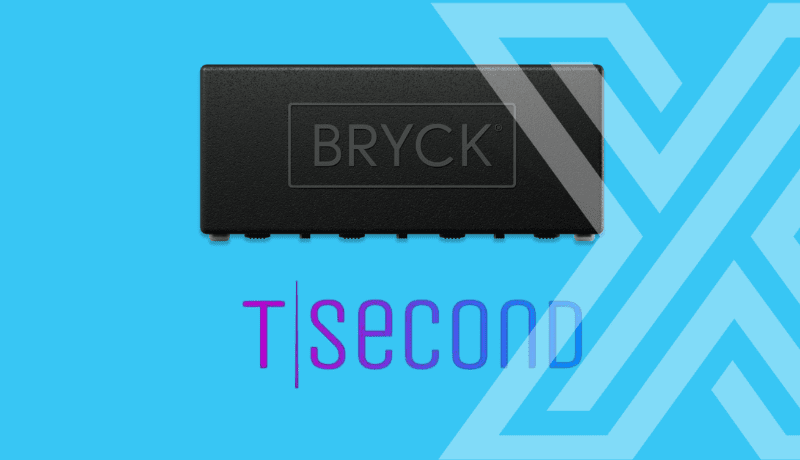

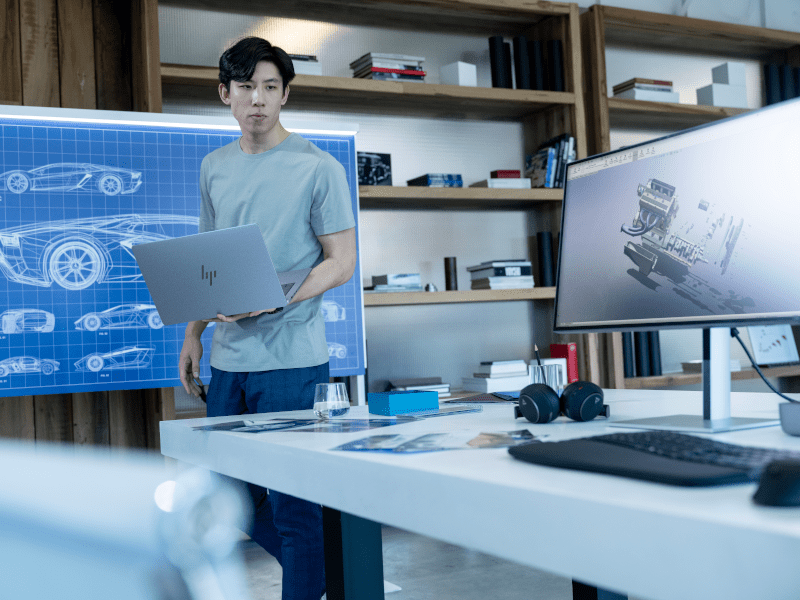


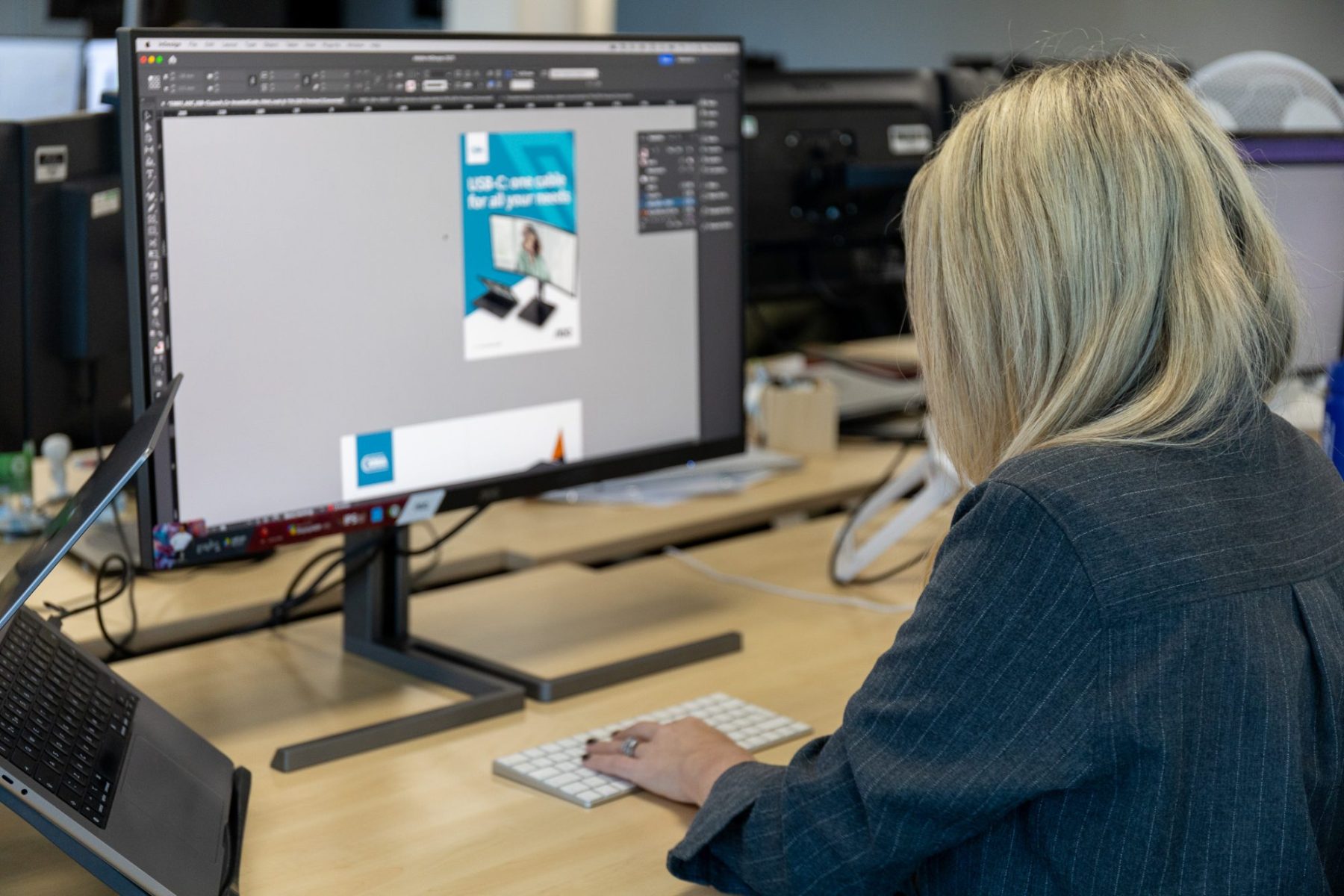
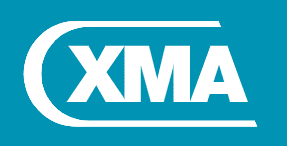

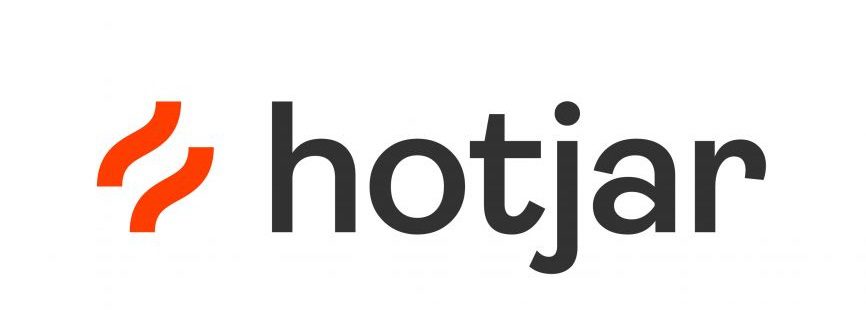 Monitoring by Hotjar
Monitoring by Hotjar